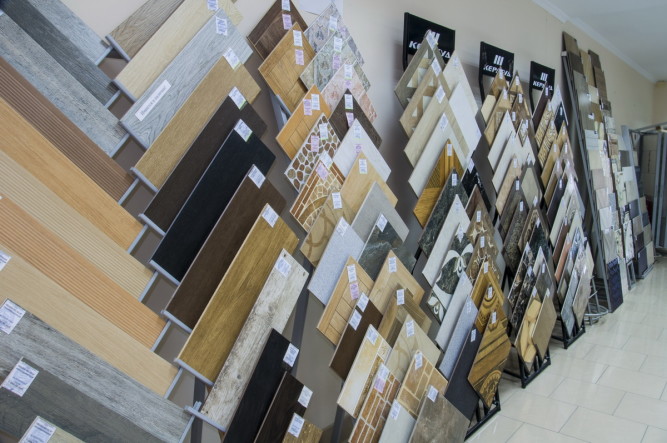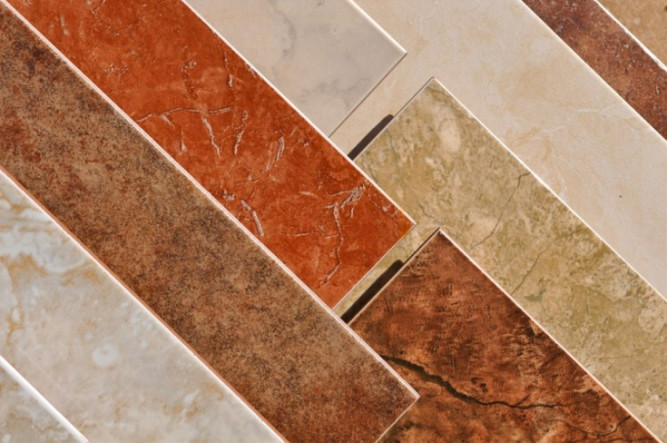
Weight of ceramic tiles: how much it weighs 1 m2
The weight of the ceramic tile used per 1 m2 is no less important characteristic, than its strength and thickness. This indicator determines the purpose of the cladding material, is closely related to its technical features and can play a decisive role in the choice of treatment for some types of surfaces. Let's consider, what you should pay special attention to.

It is especially important to consider the weight of the tile when lining the walls
Tile and its purpose
Weight is one of the basic indicators, from that, how much this or that ceramic tile weighs depends on the sphere of its use, surface requirements, facing, quality and quantity of glue, etc.. D.
In some cases, using too heavy a material is not allowed, as this may affect the condition of the lined base.
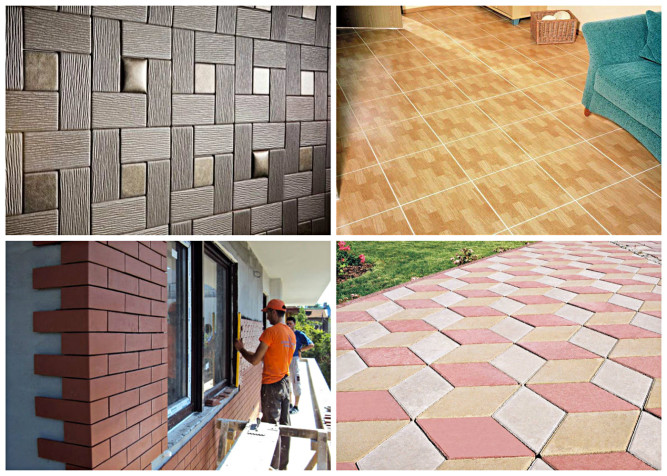
By purpose, the tile can be divided into the following areas:
- For interior walls. The lightest and thinnest, average weight of ceramic cladding on 1 m2 is 12 kg and often does not exceed the mark in 16 kg.
- For sex. Thicker and stronger, its mass varies within 15-25 kg for standard rooms.
- For facades. Stronger and thicker, from 15 to 20 kg.
- Sidewalk products. Used for street treatment, therefore, their weight is much larger and can reach an average 100 kg.
- Special purpose products. It is used in production premises and places with intensive loading. It has a large thickness, than standard tiles, weight can reach 70 kg per m2.
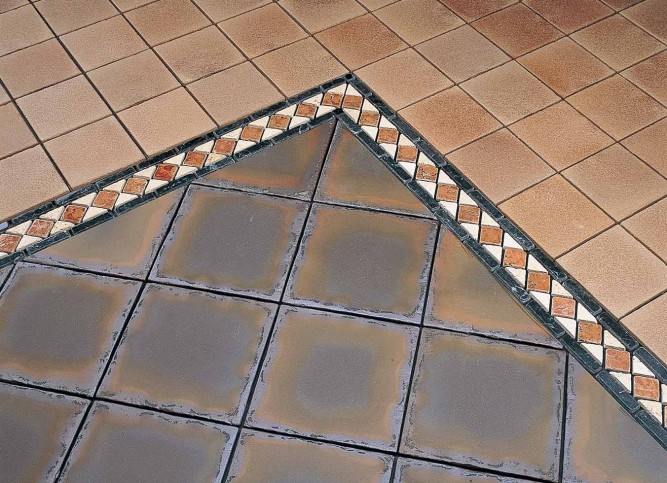
Varieties of tile coatings depending on the purpose
influencing factors
The change in the weight of the tile is influenced by many factors. If we consider the individual elements, their weight is determined on the basis of the following indicators:
- Size. Dimensions determine the weight of an individual tile and the weight of the material per 1 m2. These include width, length and thickness of the product.
- Density. Depends on the raw materials used, production technology and basic properties. Example, standard tile is lighter, than dense porcelain.
- Porosity. Closely related to the main characteristics of the material. The more time, the lighter the tile, but the mass fluctuations are more noticeable in different conditions.
- Water absorption coefficient. The higher he is, the more intense will be the mass of the coating when interacting with a humid environment.
- Coating. Matte ceramics will be lighter, as the glaze layer affects the weight of the ceramic tile.
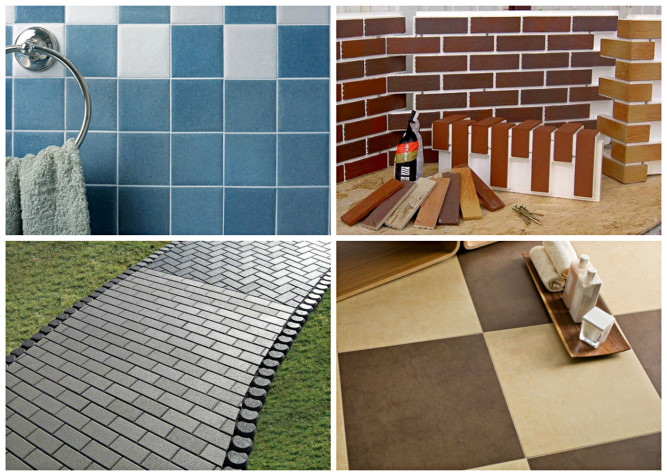
The weight of the tile primarily depends on the dimensions of the element
Weight of different types of tiles
There are several criteria for determining the weight of a ceramic tile. They are used in the calculation of the required amount of glue, and are also taken into account during transportation. A distinction should be made between the following indicators, as:
- Weight of one unit. This refers to the mass of a particular tile, it is affected by size, thickness and density of the product.
- Specific weight. This is the weight of the tile per 1 m2, it is most affected by the thickness of the material and its appearance. On average, a standard ceramic tile has a range of 11-25 kg / m2.
- Volumetric weight. This is the weight of the tile per 1 m3. For glazed ceramics, it is close 2000 kg / m3.
One of the main factors, determining the mass of the cladding material, is its belonging to one or another category of products. For different species, the average mass on 1 m2 are different.
Today the following types of materials are most often used in construction and repair:
- Tile. Weight 1 m2 of tile may vary, but in general it is considered one of the lightest types of such facing materials. For a tile this indicator makes 10-25 kg / m2.
- Clinker. It is a more durable and wear-resistant material, which is actively used for facade work and finishing fences. Is on average 20-30 kg / m2.
- Porcelain. This is quite heavy material, since it has a low porosity coefficient. Indicator c 20-40 kg / m2 is the norm, but it can reach and 50-70 kg / m2.
- Sidewalk. Since the material is intended for paving, platforms and entrances, its thickness and density are quite significant, therefore, the weight is from 20 to 90 kg / m2.
- Stone. Natural stone paving has the greatest mass and can reach 150 kg / m2.
The weight of a tile depends on its type and purpose of use in various categories of repair work
If the load is acceptable, the cladding does not meet your requirements, you need to pre-fix the base.
If you know the weight of the material, you will be able to rationally distribute the load on the surface. in addition, this will allow you to choose the right composition, adhesive and the thickness of the layer, which will provide reliable adhesion of surfaces and at the same time not to overload it.



